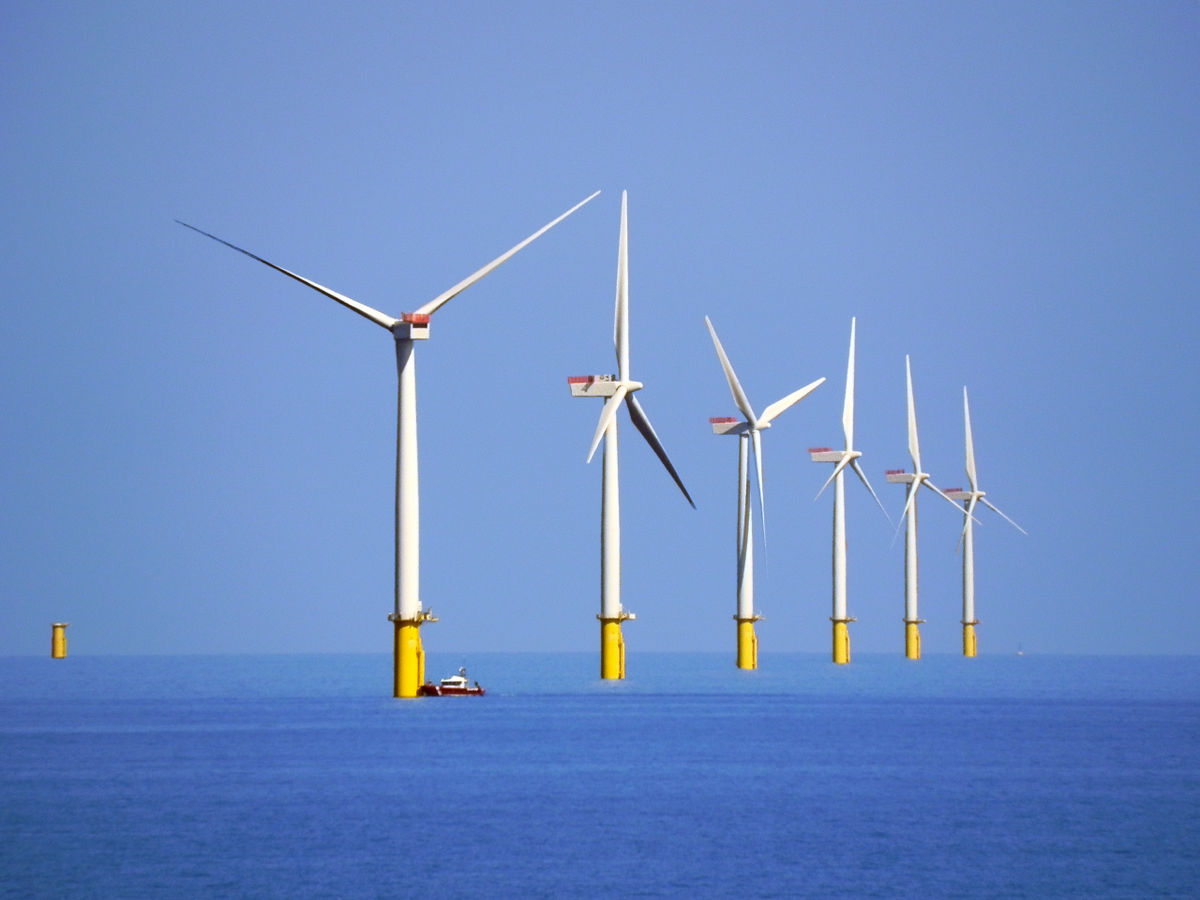
Greece on Tuesday moved toward building its first offshore wind farms, identifying areas for private development in a draft plan that the government hopes will lessen the country’s dependence on fossil fuels.
Greece aims to build an installed capacity of at least 2 gigawatts from offshore, representing one-tenth of its onshore capacity.
The government’s goal is to have the first offshore wind farms in Greece operational before 2030, the Minister of Environment and Energy Theodoros Skylakakis said.
“The development of these projects is a national priority not only because it will contribute decisively to our energy independence, but also because it enables us to export green energy in the future,” the Minister said.
“It therefore gives us the opportunity for further economic growth and the opportunity to strengthen our country’s role as a critical regional energy hub,” he added.
The draft plan includes 25 eligible development areas in the Aegean, Ionian and Mediterranean seas that will become available in two time periods, some between 2025 and as late as 2032, and some later, said the Hellenic Hydrocarbons and Energy Resources Management Company (HEREMA), which is in charge of the program.
Skylakakis underlined that the development of offshore wind farms will make the country export-orientated, noting in particular the quality of the energy produced which is available for more hours a day compared to onshore ones.
Areas in Greece identified for offshore wind farms
This is the list of Offshore Wind Farms Organized Development Areas eligible for the medium-term development phase:
– Eastern Crete, where it is estimated that projects with a total capacity of 800 MW will be developed;
– Southern Rhodes, with a maximum installed capacity of between 300 MW and 550 MW;
– Central Aegean, with a maximum installed capacity of between 200 MW and 450 MW;
– Evia-Chios axis, with a maximum installed capacity of 300 MW;
– Ionian Sea, with a maximum installed capacity of 450 MW.
Greece, which is surrounded by sea and has strong, steady winds suitable for producing energy, generated more than 50% of its power from onshore wind, solar and hydro last year. The rest of its electricity was produced from greenhouse gas-emitting natural gas, coal and oil.
A recent study by research think-tank ELIAMEP said that offshore wind energy can play a key role in helping Greece become carbon neutral by 2050.
A hypothetical floating offshore wind farm of 495MW energy capacity located at an average ten-kilometer distance from the shore and 250-meter water depth is expected to require an investment of almost €1 billion over its lifetime.
This farm can create around two million MWh annually over 25 years, covering around four percent of Greece’s annual energy demand and reducing CO2 emissions by 1.5 million tons, ELIAMEP concluded.
Related: Greek Islands and Renewable Energy: A Green Future
See all the latest news from Greece and the world at Greekreporter.com. Contact our newsroom to report an update or send your story, photos and videos. Follow GR on Google News and subscribe here to our daily email!



